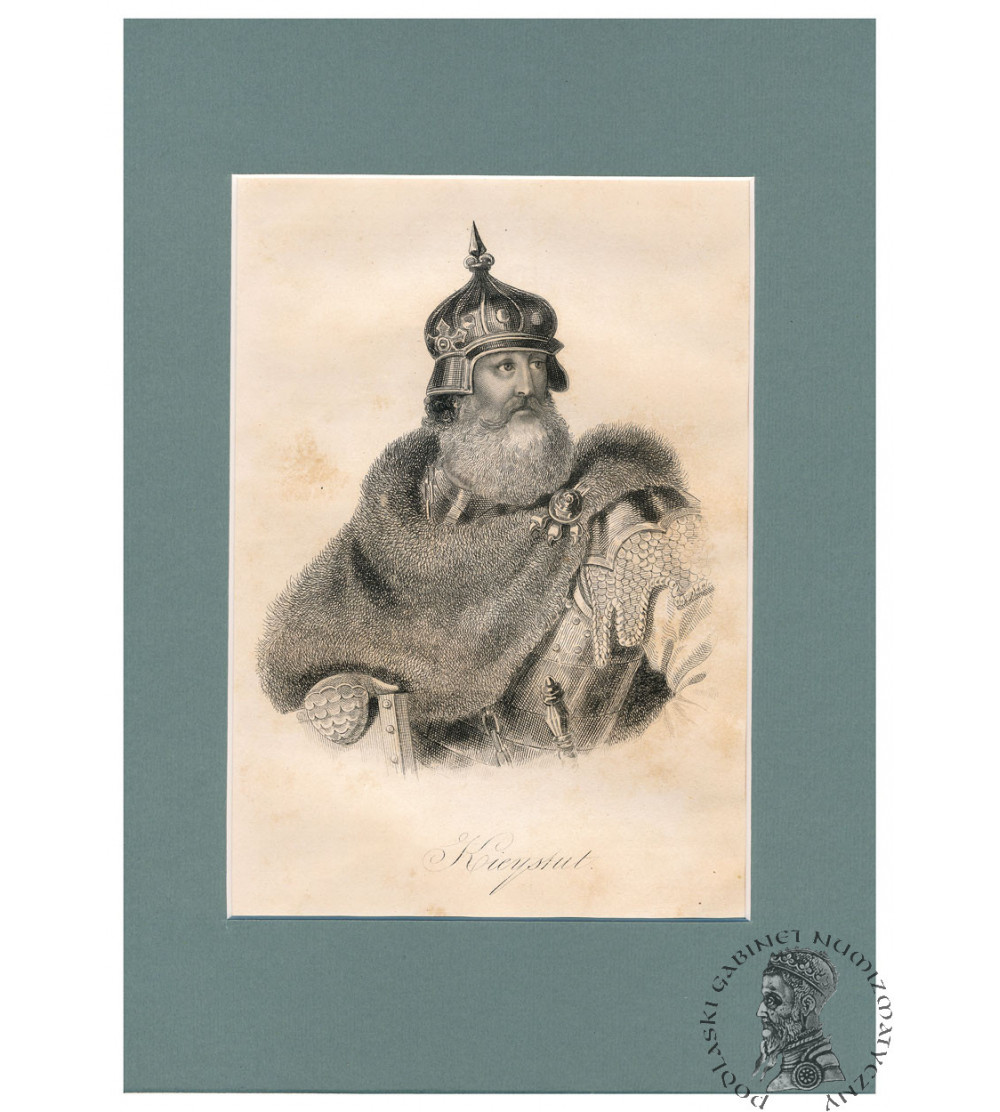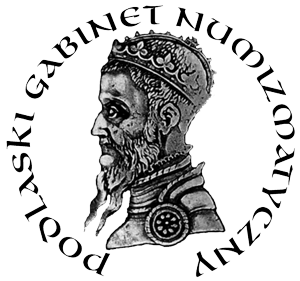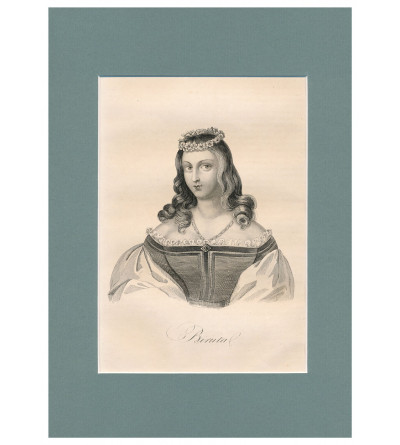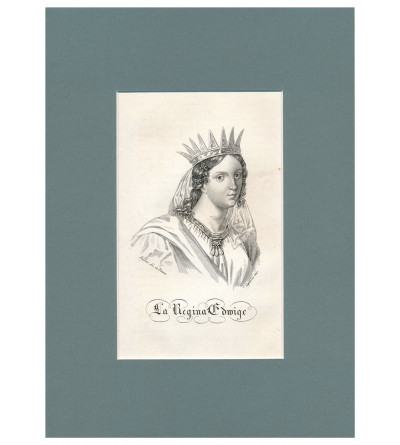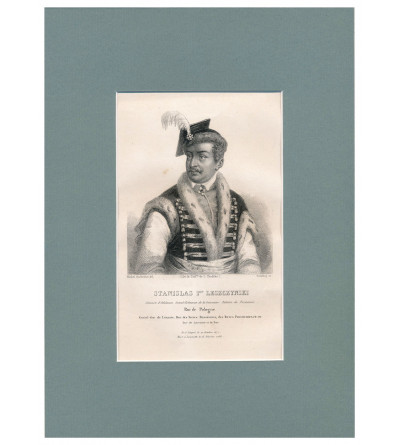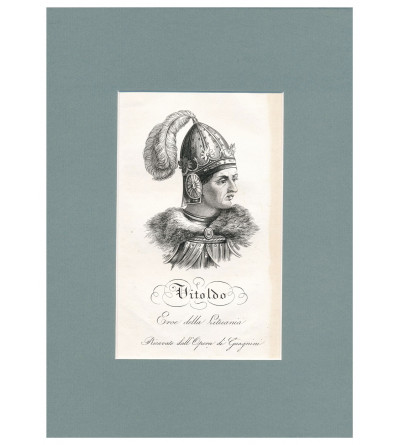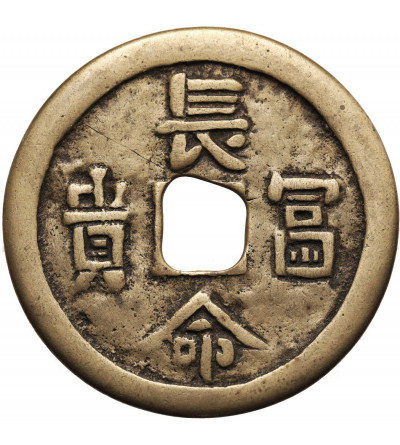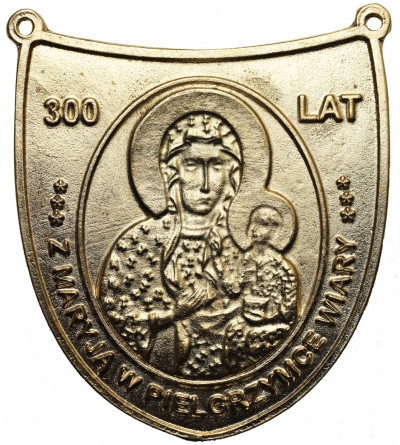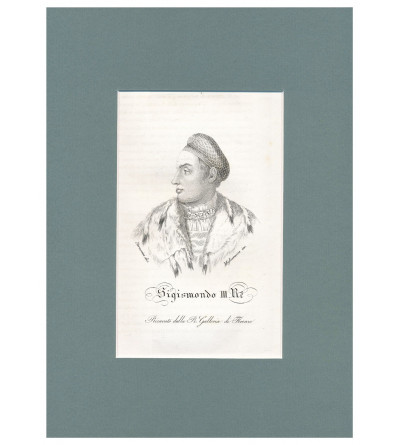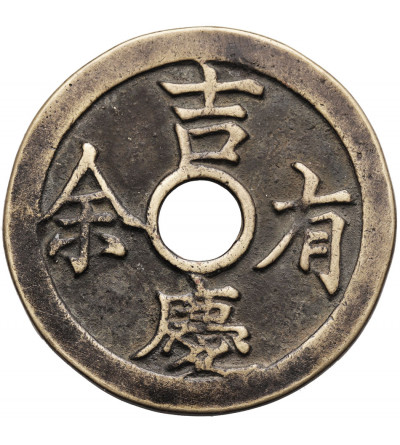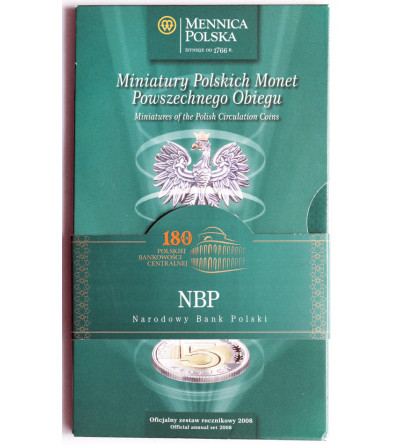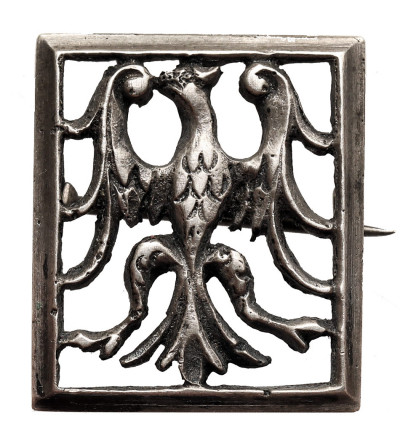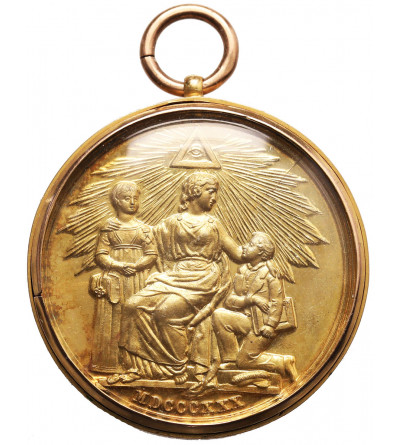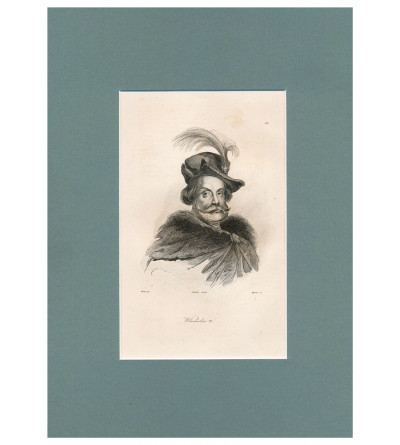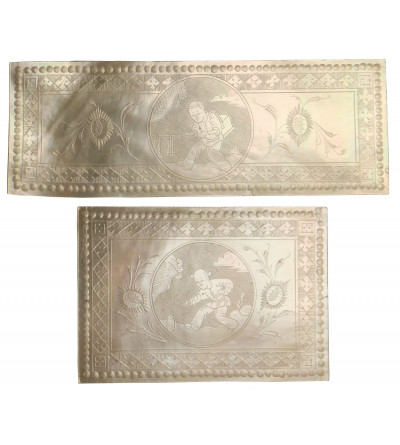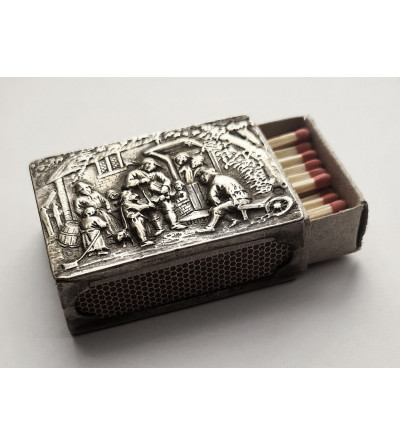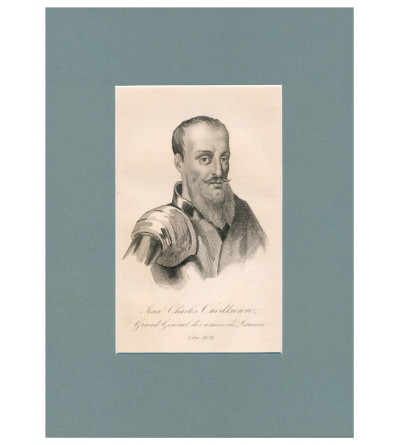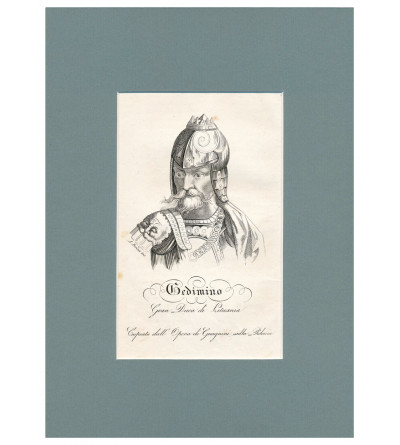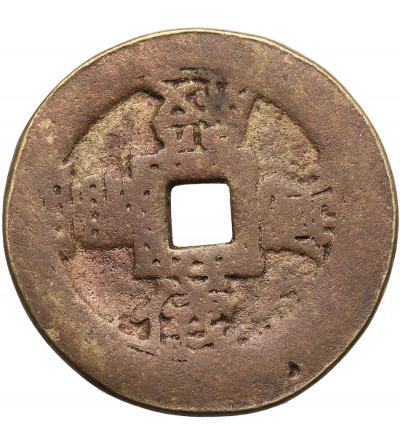Kiejstut (Lithuanian: Kęstutis) (b. ca. 1300, d. 1382) - Prince of Troki. The younger son of Gediminas. Married twice. With his first wife he had sons Patirg, Vojdat and Butavt. With his second, known in later tradition as Biruta, who died with him in 1382, he had sons Vytautas, Tutsil and Sigismund, and daughters Miklova (Maria), Danuta (Anna) and Ryngalla. Around 1344, together with Olgierd, he overthrew Lithuanian Grand Duke Yavnuta, to whom they ceded Zaslavl (in Belarus). Recognizing Olgierd's supremacy, as ruler of Trakai, Samogitia and Podlasie, he assumed the burden of fighting the Teutonic invasion. Between 1343 and 1382, he raided the monastic state thirty times. In return, he received half of Olgierd's territorial acquisitions in the east. He used the title of grand duke and occupied a position of co-ruler above other members of the dynasty. A proponent of maintaining paganism in Lithuania, he became a legendary figure as a knight and chieftain even during his lifetime. He maintained close ties with Mazovia. He married his daughter Anna to Prince Janusz, and had friends among the Teutonic elite. After Olgierd's death, he was in charge of Jagiello from 1377. He sought to continue the existing internal arrangement by passing the inheritance to his son Vytautas. After Jogaila came of age, in 1382, Kiejstut staged a coup d'état and assumed independent rule. In the same year, beaten by his nephew aided by Teutonic reinforcements and imprisoned, he was probably assassinated in Kreva. source: twojahistoria.pl
CHODŹKO, Leonard Borejko (1800-1871), La Pologne historique, litteraire et monumentale, (...), 1835-1842. A monumental work by the famous Polish émigré publisher Leonard Chodźko which is a history and geographic-political description of Poland. The work was published in three volumes. The first part is the history of Poland from the earliest times to the reign of Wladyslaw Lokietek. The second volume covers the history of Poland from the reign of Casimir the Great to the death of Stefan Batory, while the last volume covers the history of Poland from the beginning of the reign of Sigismund III Vasa until the events contemporary to the Author and the Readers, i.e. the November Uprising. Each part also contains descriptions of unique and interesting places in Poland, as well as basic information about literature, art and science. In addition, the work contains examples of exceptional monuments in the Polish lands. An important part of the work includes fairy tales, legends and short stories, as well as an essay on dramatic theater in Poland. The work also contains a description of Polish dances, such as the polonaise, mazurka, and krakowiak. The work is very richly illustrated, with numerous intaglios, natural monuments, sacred objects, castles, palaces, cities, portraits of important historical figures from the history of Poland, works of art, notes of songs, etc. This brings the total to 180 engravings (including maps), in a set of three volumes, i.e. 60 engravings for each volume collated with a table at the beginning of the volume.
